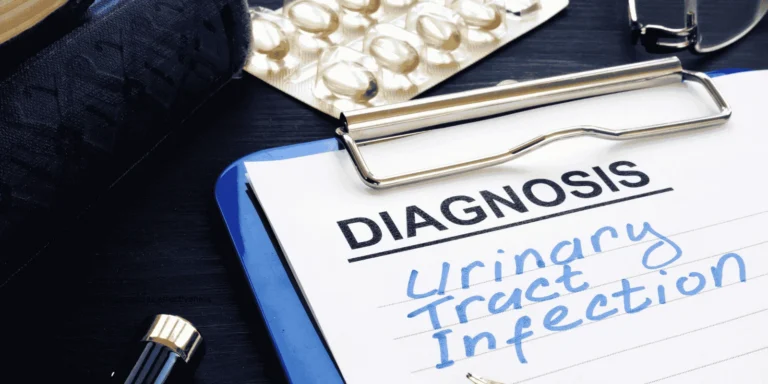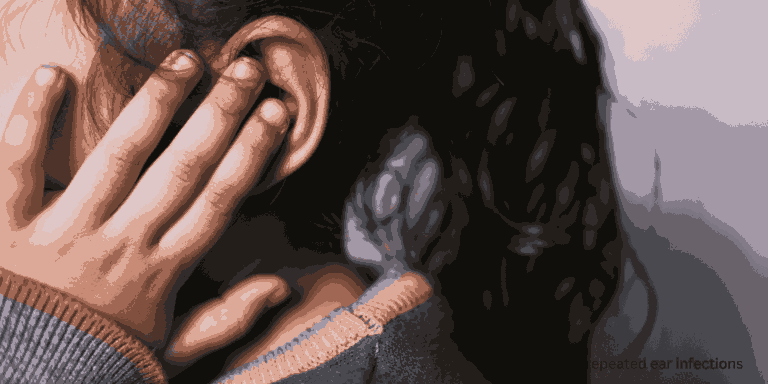A hiker pulled a tick off his leg after a weekend camping trip and called my office Monday morning. “Should I take antibiotics to prevent Lyme disease?” he asked.
It’s a great question that I hear frequently, especially during tick season. The answer isn’t always straightforward, but there are specific guidelines that help determine when preventive antibiotics make sense.
Not All Tick Bites Need Antibiotics
Most tick bites don’t require preventive treatment. The risk of developing Lyme disease from a single tick bite is actually quite low — even in high-risk areas, it’s typically less than 3%.
However, certain circumstances significantly increase that risk and justify antibiotic prophylaxis.
The 36-Hour Rule
Here’s the most important factor: how long was the tick attached? Disease transmission typically requires 36-48 hours of attachment. If you remove a tick within 24 hours, infection risk drops dramatically.
Ticks that are flat and not yet engorged with blood have likely been attached for less than 24 hours. Engorged ticks that look like gray or olive-colored grapes have been feeding longer.
Geographic Risk Matters
Lyme disease isn’t evenly distributed across the country. High-risk areas include:
- Northeastern states from Maine to Virginia
- Upper Midwest, especially Wisconsin and Minnesota
- Northern California and Oregon
If your tick bite occurred outside these endemic areas, prophylactic antibiotics usually aren’t recommended regardless of other factors.
Tick Species Identification
Only certain tick species transmit Lyme disease. The primary culprits are:
- Blacklegged ticks (deer ticks) in the Northeast and Midwest
- Western blacklegged ticks in California and Oregon
Dog ticks, lone star ticks, and other species don’t carry Lyme disease bacteria, so bites from these ticks don’t warrant prophylaxis.
When Prophylaxis Is Recommended
The CDC recommends preventive antibiotics when ALL these criteria are met:
- The tick was attached for 36+ hours
- It was removed within 72 hours of discovery
- You’re in a high-risk geographic area (>20% infection rate)
- The tick is identified as a blacklegged tick
- You can start antibiotics within 72 hours of tick removal
The Standard Treatment
When prophylaxis is indicated, the standard treatment is a single 200mg dose of doxycycline taken within 72 hours of tick removal. This one-time dose is highly effective at preventing Lyme disease development.
Doxycycline isn’t recommended for children under 8 or pregnant women due to potential side effects. These populations require different approaches and closer monitoring.
What About Other Tick-Borne Diseases?
Ticks can transmit other diseases like Rocky Mountain spotted fever, ehrlichiosis, and anaplasmosis. Unfortunately, there’s no proven prophylactic treatment for these conditions.
The focus remains on early recognition of symptoms and prompt treatment if illness develops.
Signs to Watch For
Regardless of whether you take prophylactic antibiotics, monitor for symptoms over the next 30 days:
- Expanding red rash (erythema migrans)
- Fever, chills, and flu-like symptoms
- Joint aches and muscle pains
- Fatigue and headache
When Prophylaxis Isn’t Worth the Risk
Single-dose doxycycline is generally well-tolerated, but it can cause:
- Nausea and stomach upset
- Sun sensitivity and increased burn risk
- Rare but serious allergic reactions
If your tick bite doesn’t meet all the high-risk criteria, the potential side effects may outweigh the minimal infection risk.
Common Misconceptions
Some people think all tick bites need antibiotic treatment — that’s not true. Others believe prophylaxis guarantees you won’t get Lyme disease. While highly effective, no prevention is 100% foolproof.
The Bottom Line
Most tick bites don’t require antibiotics. Prophylaxis makes sense only in specific, high-risk situations where all criteria are met.
When in doubt, save the tick in a sealed bag and consult with a healthcare provider. They can help assess your individual risk factors and determine if preventive treatment is appropriate.
That hiker who called my office? His tick was attached less than 24 hours in a moderate-risk area. We decided on watchful waiting instead of antibiotics, and he remained healthy with no signs of infection.
Remember, the best defense against tick-borne diseases is prevention: use repellents, wear protective clothing, and perform daily tick checks when spending time outdoors.













